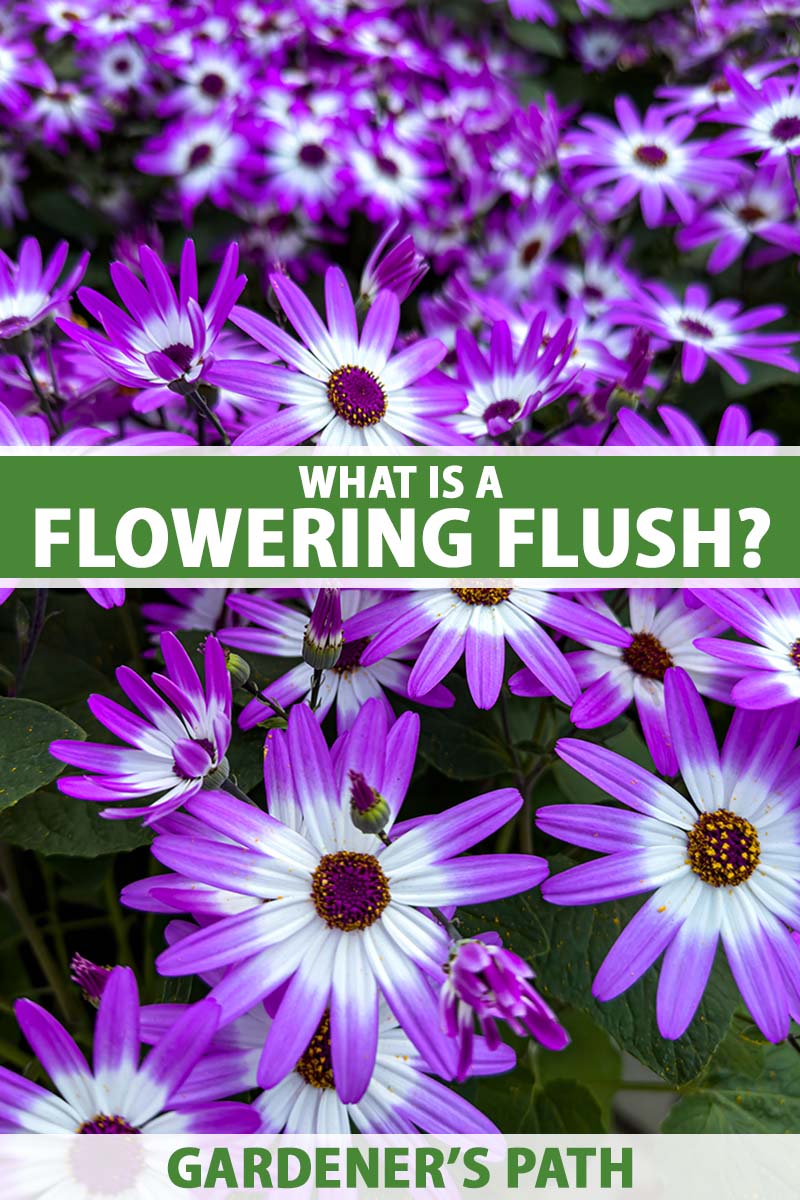Botanists and gardeners sometimes use quite a lot of jargon, nonetheless they don’t regularly clarify what these phrases point out.
I take into account the primary time I heard anybody reference a “flowering flush” and I wasn’t optimistic if we’ve got now been speaking just a few rest room and what that wished to do with flowers.
By the very best of this information, you’ll perceive what this time interval means, how one can encourage flowering flushes, and which vegetation exhibit such a blooming habits.
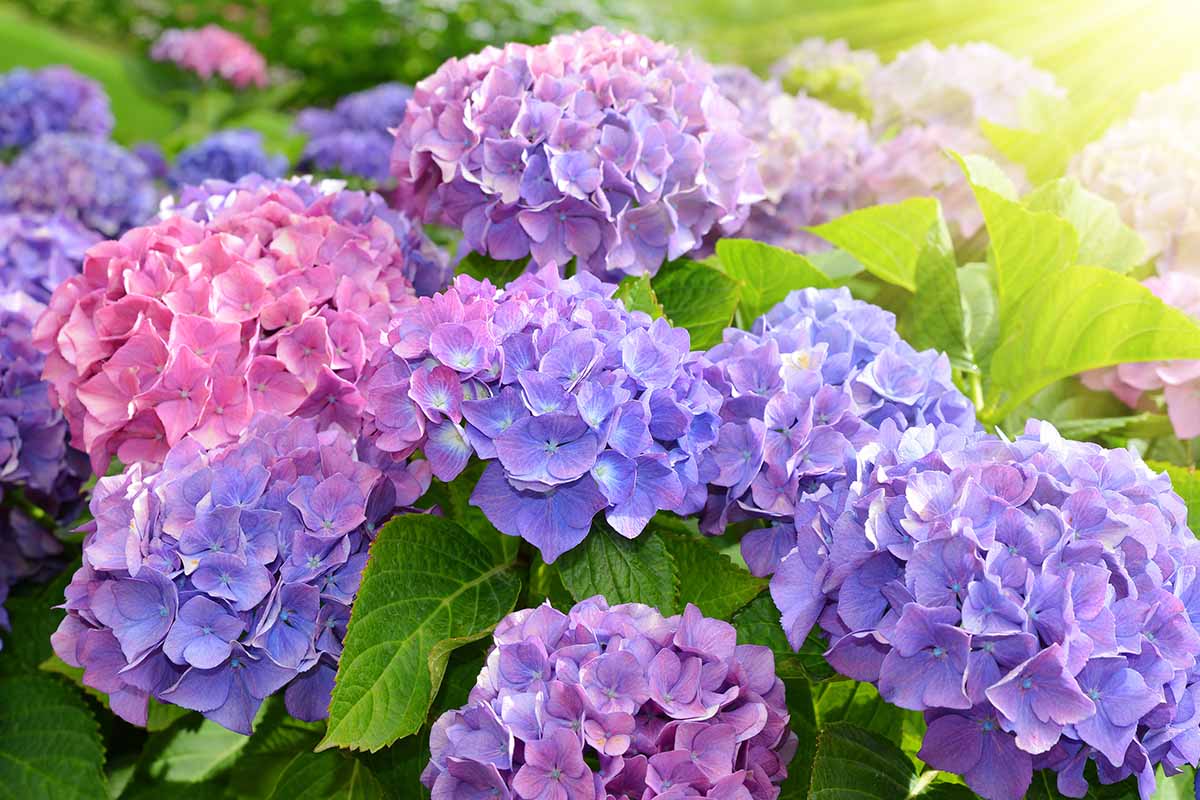

We hyperlink to distributors which will enable you to uncover related merchandise. In case you purchase from undoubtedly thought of certainly one of our hyperlinks, we might earn a cost.
Flowers develop as a solution to entice pollinators and begin the tactic of copy.
Crops are signaled to bloom by the variety of daytime, ambient temperature, or on account of they’ve reached a constructive stage of their life cycle.
Totally completely totally different species differ in the easiest way throughout which that they flower, the timing, and the scale of time they proceed to be in bloom.
Correct proper right here’s how we’ll enable you to make sense of this phenomenon:
What Is a Flowering Flush?
Botanists might even concentrate on leaf and shoot flushes. This refers once more to the emergence of leaves or quick intervals of fast shoot progress.
For instance, a tree might need a flush of vegetative shoot progress, adopted by a flush of leaves budding, and later a flush of flowers.
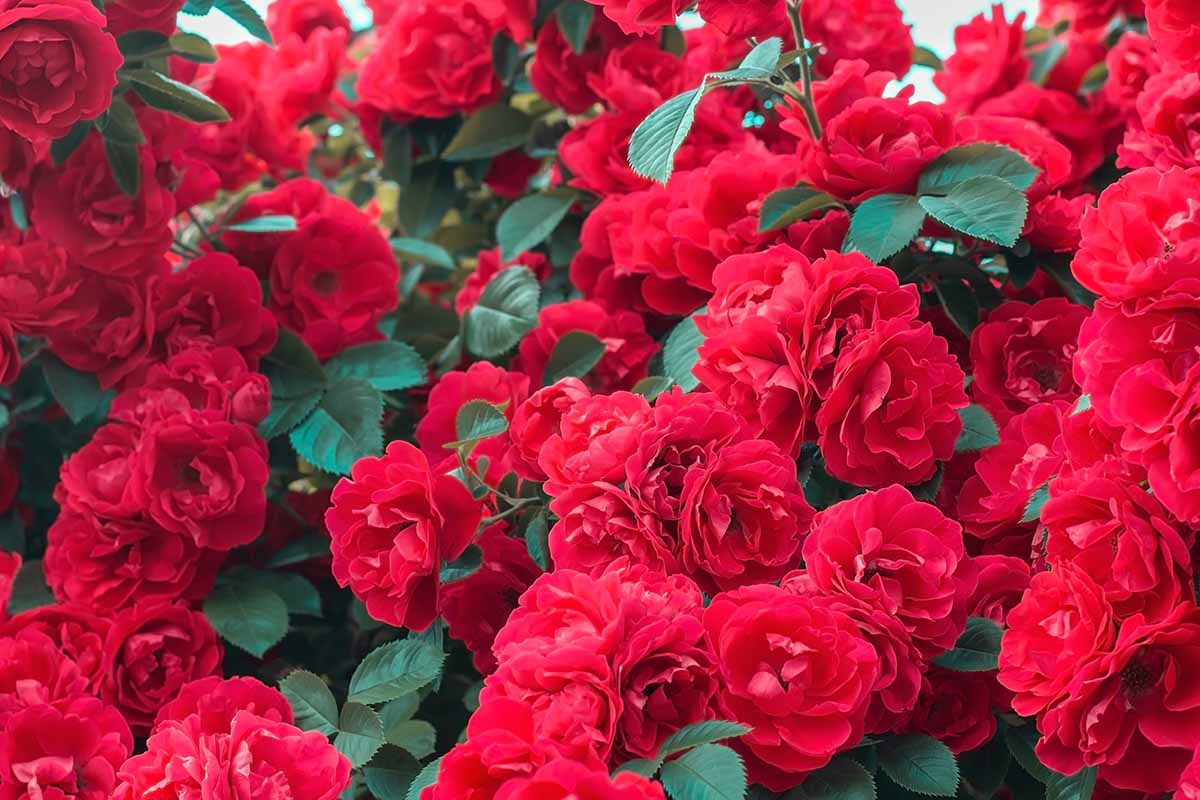

In a number of phrases, the phrase is synonymous with an full burst of progress. Let’s converse additional about what the time interval means.
What Is a Flush?
A “flowering flush” is when a plant is in full bloom with a majority of its flowers open for a restricted time. Whether or not or not or not it’s for just a few days, per week, or practically a month, a flush is the interval when a plant is blooming.
That is fully completely totally different from a plant that blooms typically. Many annuals bloom nonstop from spring by the use of fall, with new flowers always altering the spent ones.
This flowering habits isn’t thought-about a flush, which is when a plant blooms for a restricted time after which stops.
Fuchsias and marigoldsfor example, bloom typically all 12 months prolonged.
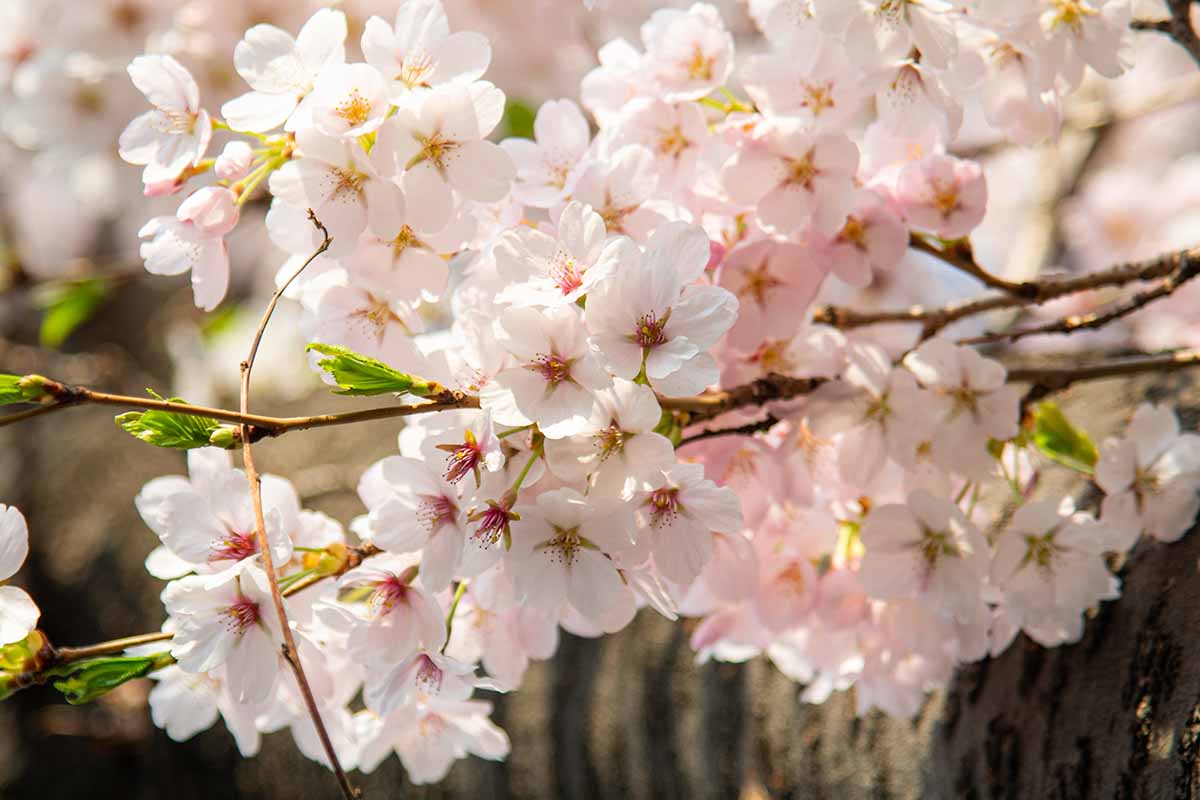

Many vegetation, equal to hydrangeas and clematiscan have fairly just a few flushes yearly and others, like peonies and rhododendronssolely have one, nonetheless in each instances there’s a distinct timeframe when the plant merely just isn’t in bloom between the flushes.
Some species, together with delphiniums and lupines don’t naturally put out a second flush, nonetheless they’re often impressed to take movement within the occasion that they are pruned as soon as extra.
This time interval is often used for flowering perennials, with roses being thought of certainly one of many prime examples.
Plenty of the most well liked rose cultivars flower repeatedly all by the use of the rising season. We’ll concentrate on one different species that exhibit such a blooming conduct in solely a bit.
Methods to Encourage New Flushes
Some vegetation will flower repeatedly with none enter from the gardener. Others want a little bit of little little bit of encouragement, often contained in the type of deadheading.
In case you’re new to deadheading, this time interval refers once more to the strategy of chopping off the sooner, spent flowers as they fade. When the flowers fade, it alerts to the plant that a part of its reproductive half is over and it would swap onto the following half.
However most of us gardeners need the plant to proceed flowering, so to assist this alongside we’ve got now to get in there and reduce off the spent flowers, stopping the plant from forming seeds.
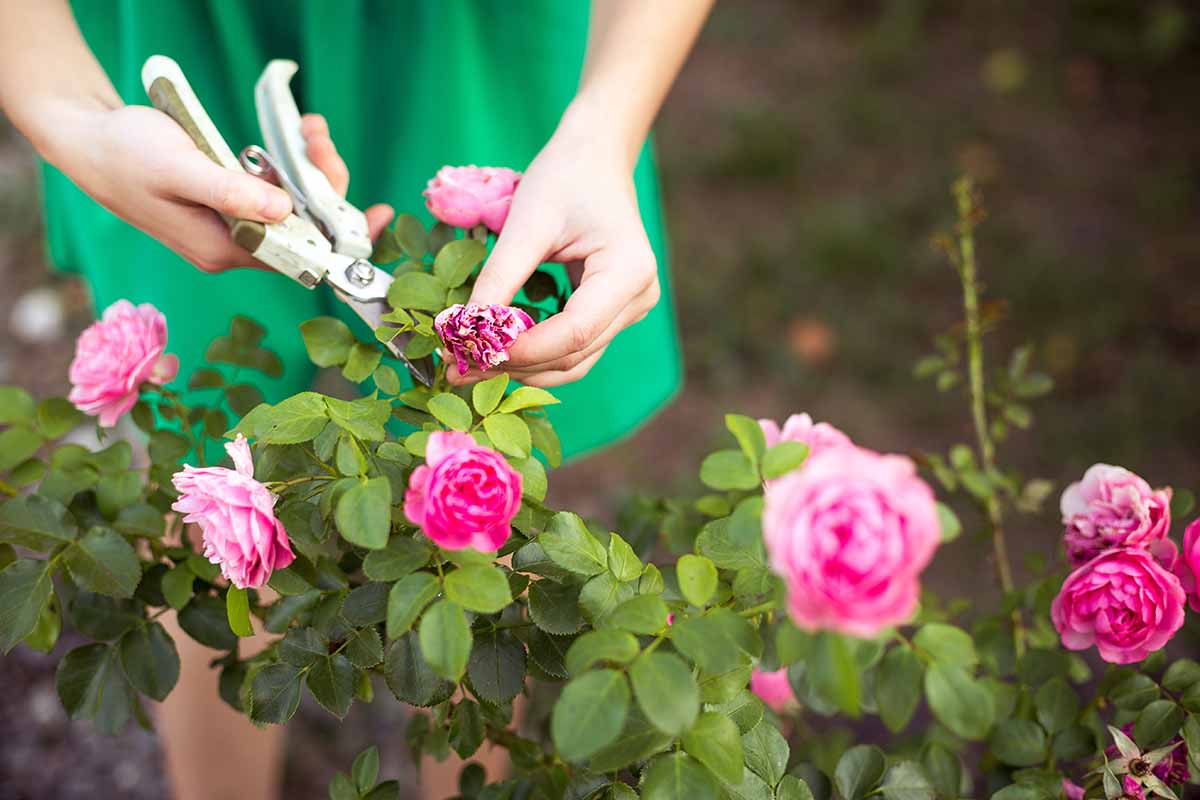

Relying on the species, usually you’ll prune the flower stem as soon as extra to the closest leaf bud after the flower has gentle.
Bear in mind to clear your units prior to you profit from them! A radical wipe with a ten % bleach reply or a superb scrub with heat, soapy water prior to you begin deadheading will assist forestall the unfold of illness.
Pruning can have a large have an effect on on flowering conduct. Trimming on the mistaken time or all through the mistaken technique can in the reduction of the scale of time the plant blooms and the variety of flowers it produces. It could furthermore delay flowering.
Applicable pruning on the precise time can improve flower numbers and bloom time. That is most notable all through the case of timber and woody shrubs.
Crops That Have Repeat Flushes
Many perennials flower in flushes. Camellias, carnations, coreopsis, hibiscus, heuchera, irisesroses, salviaand viburnum all do, merely to call just a few.
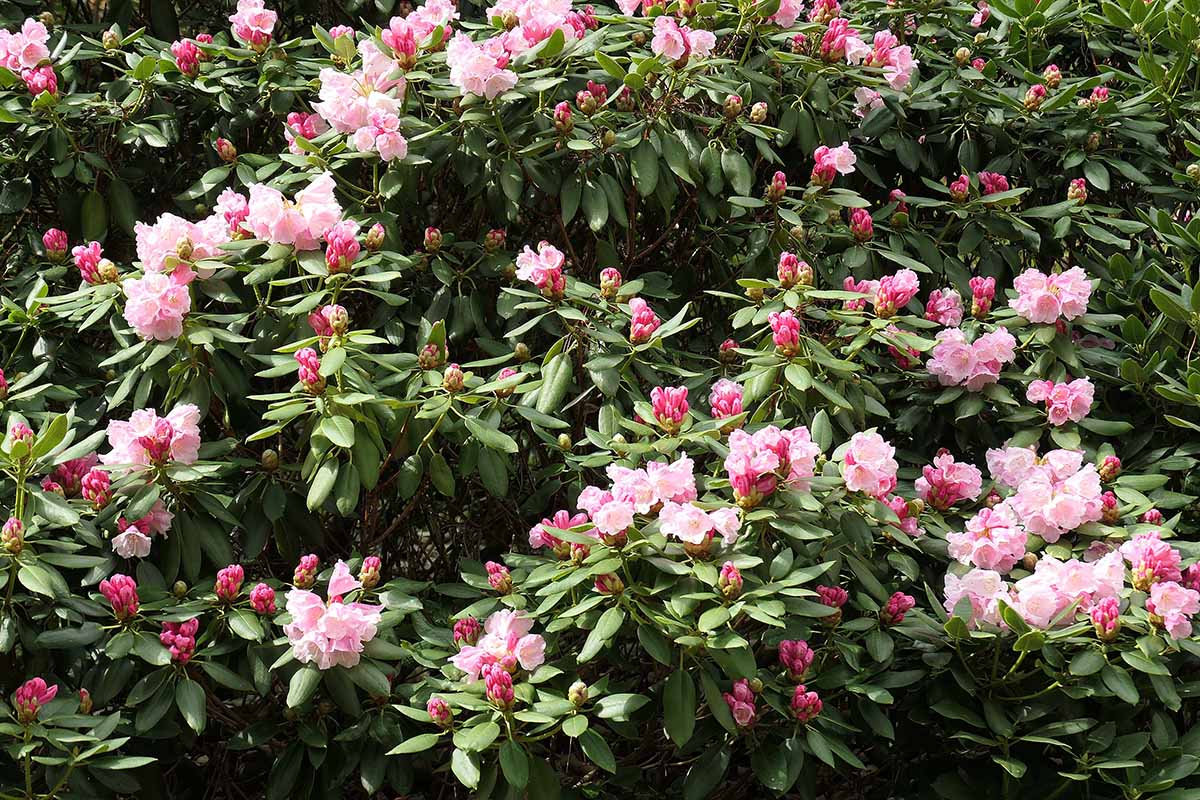

Tropical fruit timber like guava, lemon, orange, lime, pomegranatemango, and dragon fruits furthermore bloom in flushes, just some of them merely as rapidly as and others fairly just a few occasions all 12 months prolonged.
Apples, pears, cherries, plums, peachesand apricots all have a single flush all through the spring.
Industrial growers will profit from this pure flowering habits to control the rising situations to encourage blooming and, consequently, administration the fruiting time for harvest.
They’ll fertilize on a schedule to synchronize flowering and prune judiciously to encourage blossoms to type.
No matter You Title It, It Constructive Is Fairly
When a plant is in bloom, I don’t actually take into consideration what it’s often known as.
I’m merely admiring my plant and desirous about how lovely it’s and the easiest way candy the flowers scent. However I’ve to confess, understanding what the heck I’m speaking about optimistic has made it simpler to speak about what’s happening with my vegetation.


What sort of vegetation are you rising? Do they flower in flushes or repeatedly? Inform us all about your state of affairs all through the solutions half beneath.
Now that you just already know what it means, chances are high you will should study additional about rising flowers in your yard. Try these guides subsequent:

